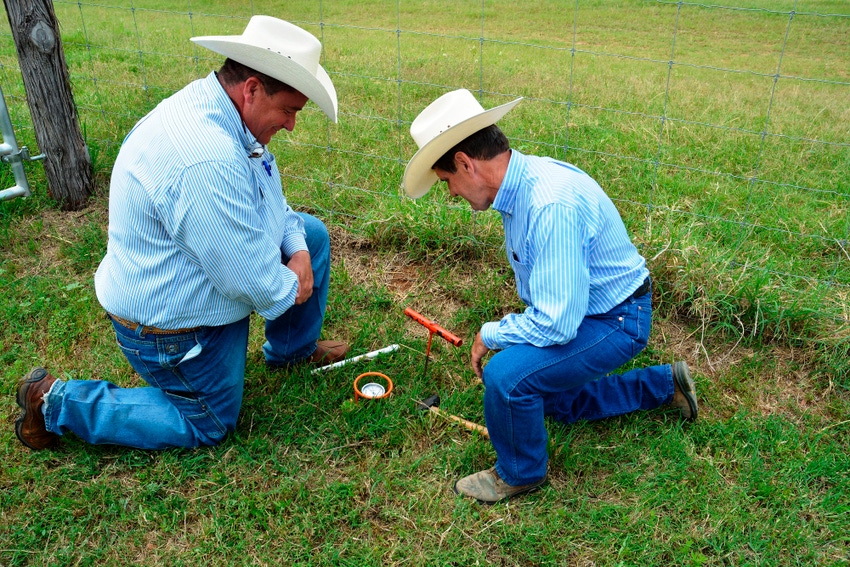June 22, 2016

Soil moisture indexes around the state are beginning to drop as higher temperatures and sunny days mark summer’s arrival.
Heat, sun and wind all affect soil moisture as well as the crop water demand, says Texas A&M AgriLife Extension Service agronomist Dr. Jourdan Bell, Amarillo.
Summertime conditions can significantly increase crop water use as days become sunnier and temperatures climb into the mid-to-upper 90s or 100 degrees and beyond, she says. In the High Plains, extended periods without precipitation, in addition to heat, low relative humidity and windy conditions can drive crop water demands up to almost half an inch per day.
While irrigation helps meet water demands for some crops, the region’s dryland production can be quickly affected by elevated temperatures and extended dry periods. Successful dryland crop production is dependent on stored soil moisture to carry the crop through extended hot and dry conditions.
Many producers maintain crop residues from the previous crop on the soil surface in either reduced tillage or no-till systems to minimize evaporative losses from the soil surface, she says.
In addition to residue management, canopy closure between plants helps minimize soil evaporative losses, Bell says. So far, many summer crops have not reached canopy closure. Canopy closure is critical to minimizing early season evaporative losses from the soil surface in addition to intercepting sunlight to increase crop production under both dryland and irrigated conditions.
“Crop water use is picking up with elevated temperatures, and dryland crops that didn’t start with good moisture and surface residue will soon experience water stress without rain,” she says.
For the latest on southwest agriculture, please check out Southwest Farm Press Daily and receive the latest news right to your inbox.
Some regions of the state welcomed hotter, drier conditions that help with flooding and saturated soils.
AgriLife Extension agronomist Dr. Josh McGinty, Corpus Christi, says humidity levels have been high following weeks of rain and flooding in southeast and East Texas.
CONDITIONS VARY
McGinty says sun, higher temperatures and wind were needed in many areas of the state to dry saturated and flooded fields to allow crops to recover and grow. But some areas in the same regions were passed over by rainfall and are now showing signs of stress from lack of moisture.
“It’s a strange year,” he adds. “There are some producers along the coast with flooded fields and good hot, dry weather is what they need, but then within a 30-minute drive to the west, you see fields that are moisture-stressed.”
Despite many acres being stressed by too much or too little rain, overall moisture levels have cotton and grain crops looking extremely good with potentially heavy yields, McGinty says. As always, it will take timely rains by the end of June or early July to maintain a good moisture index for some crops, such as cotton, and allow others, like grain crops, to continue to dry for harvest.
The high and low levels of moisture may affect individual producers but McGinty said spring rains have many acres of crops and forages looking exceptional.
“A lot of the corn fields look like it could be a record year for yields but that production will probably be offset by areas that experienced severe flooding and make for an average year overall,” he says.
You May Also Like




